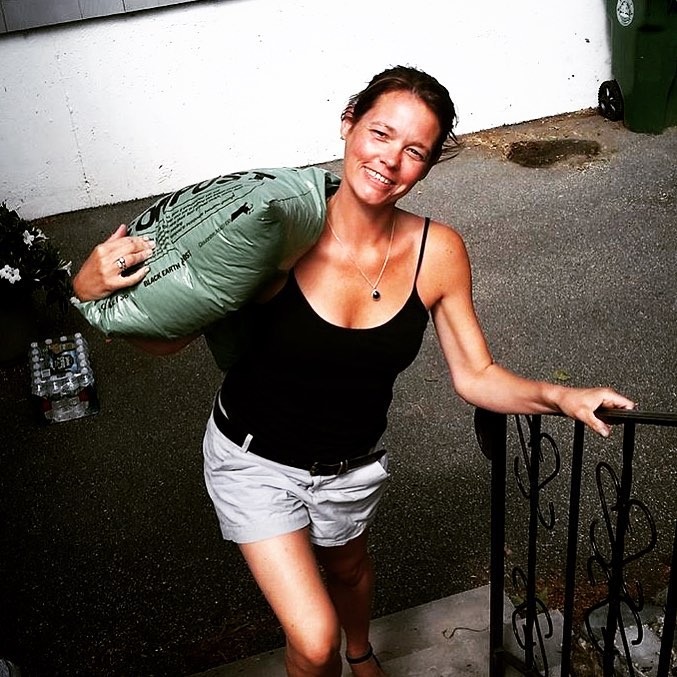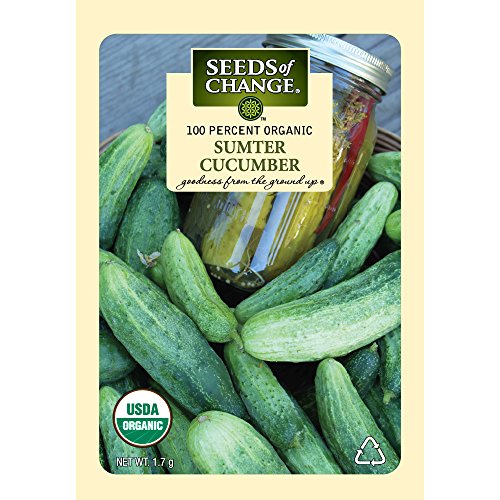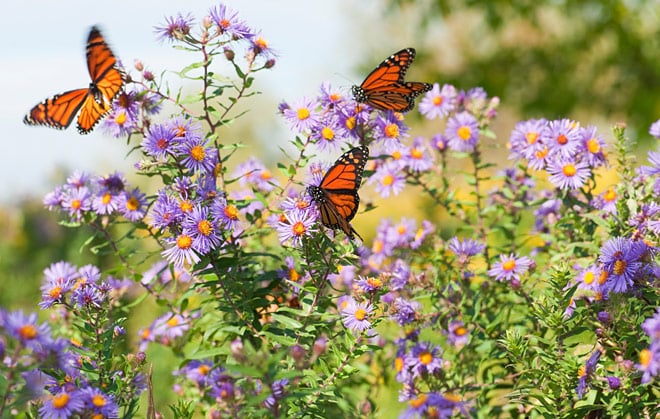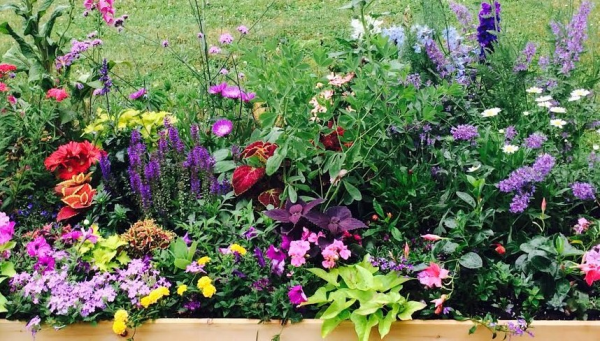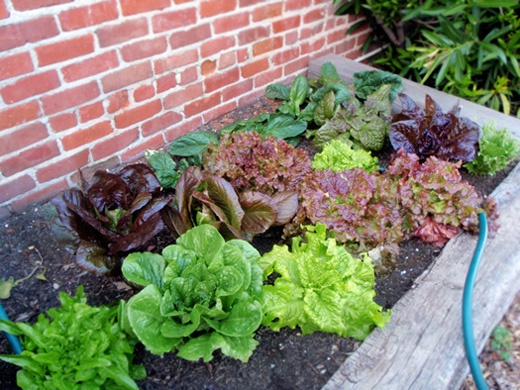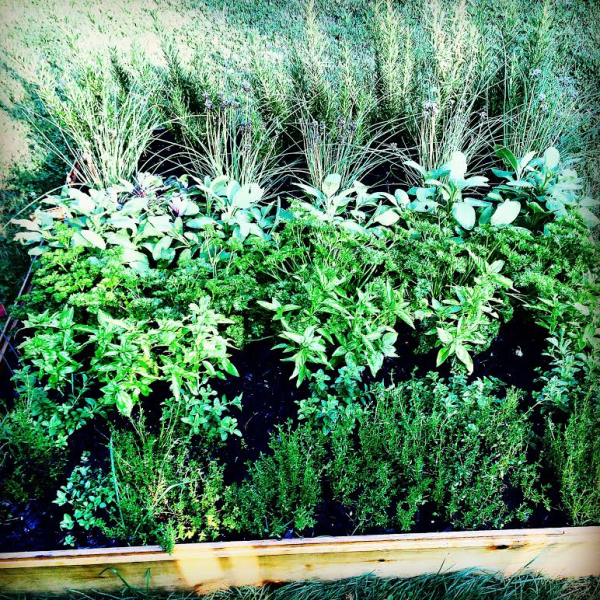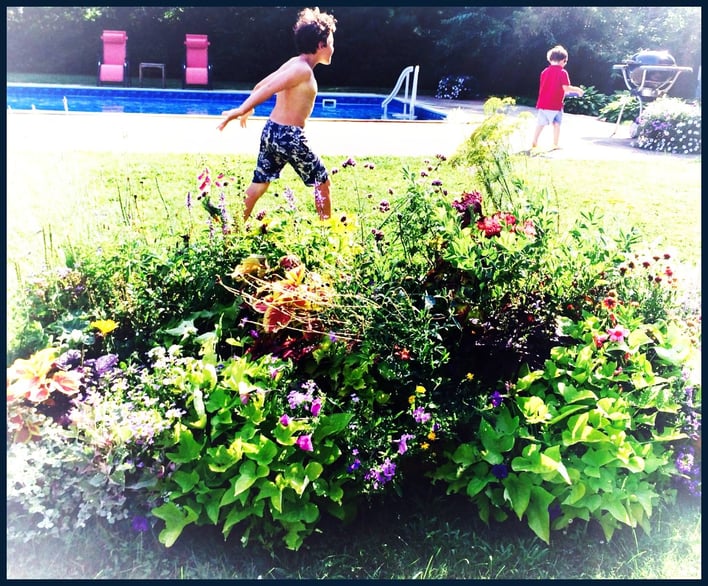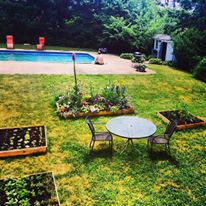We are well into the fall season and leaves are drifting to the ground right on cue. Plants are a bit frozen, fruits and veggies are long gone and flowers are shriveled up tightly, which are all hints to us that the season for growing in New England is over. In some parts of our state, you may have already seen snow (I shudder to thing). For me, it’s a very disappointing next few months but accomplishing outdoor tasks are far from over. There’s a lot to be done before next years cultivation of newly flourishing gardens and right now is the time to do it. Last Sunday, I spent hours preparing raised beds and the surrounding grounds for a chilly winter freezing so that next spring, I’ll be raring to go out there!
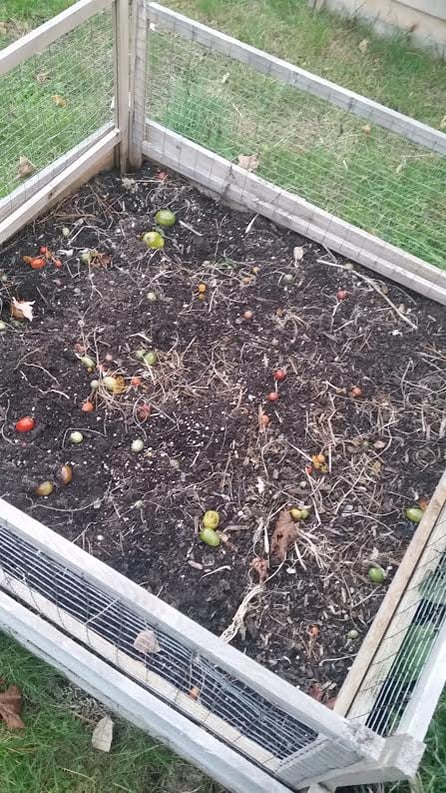
The truth be told, many avid gardeners forgo the whole process of shutting down their green thumb efforts and decide to deal with the aftermath the following April. I’ve been tempted to take the easier path and just skip the whole thing as well, but considering the time and extra cost I’ll have to succumb to, it’s really not the smart way to go about things. The ordeal isn’t that bad once you’ve got a system going so in order to help you, I’ll pass along mine! Before the weather turns to sub zero temps, consider these facts and easy care tips to maintain your gardens throughout the entire year.
Setbacks of Ignoring Winterization
-
Leaving tools and ceramic pots outdoors during storms and frigid temperatures can damage and break these necessities we use throughout growing season. Extra money will need to be spent on replacing what is lost and can incur considerable budget blunders.
-
The time wasted cleaning leftover plants that will not return for another year can take up valuable space in your garden planning. Instead of starting off fresh with new additions, you’ll be stuck yanking roots systems that you’ll find trickier since they’ve been in the ground for over a year.
-
Instead of emotions of happiness and elation we typically feel when celebrating a new gardening year, we can actually regress into anger and disappointment when we have to start spring with unrewarding work such as raking and weed removal. We want to keep things positive, so make time in your schedule to things done!
-
Let’s face it-when we haven’t done our job at the end of fall, things turn out to be much, much messier when the calendar flips to May. Who wants to stare out the window and see dirty remnants of last years harvest when we could be gazing at sprigs of early pretty perennials?
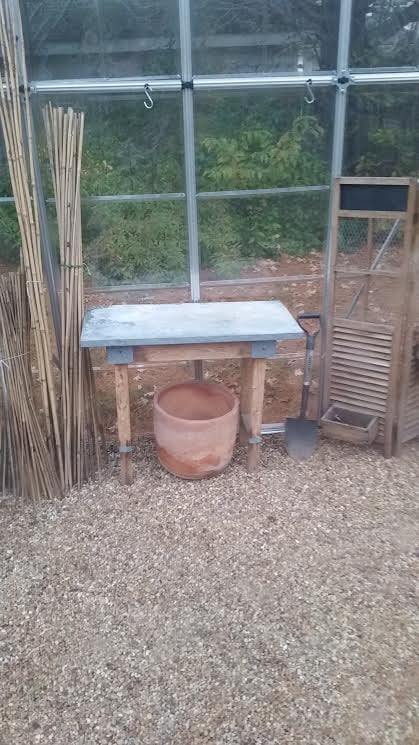
Fast Tips to Close Your Garden for the Season
-
Anything that is fragile or breakable (including ornaments and containers) should be safely put away on “low” shelves within garages, storage sheds or greenhouses. If we have a windy winter, you’ll be glad they’re not up high where they can fall down.
-
Remove all veggie, fruit and annual plants from beds because they will not re-grow next spring. Keeping them planted past their prime can solidify their roots making it difficult to pull after a freeze.
-
Store any chemical products such as weed killer, turpentine or other gardening food in an airtight area to avoid possibility of fire.
-
Place reusable items such as garden stakes, tomato cages and netting in dry areas of your home so that they can be utilized again. Saving these materials not only will save you cash next year but also support “going green” which helps keep our environment healthy.

